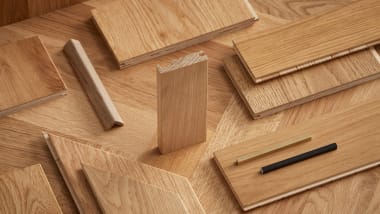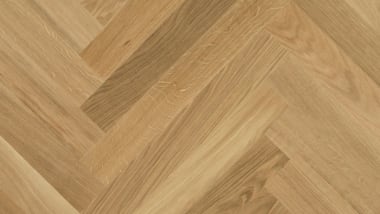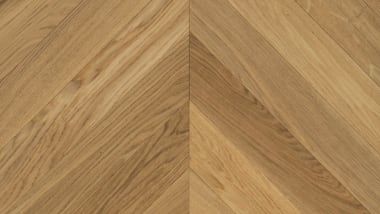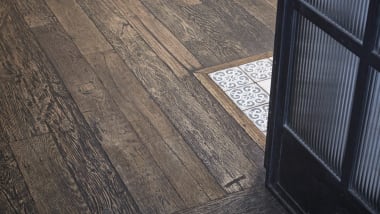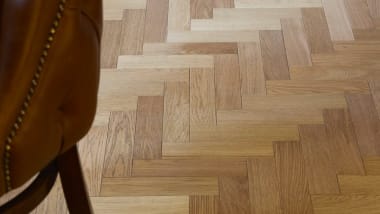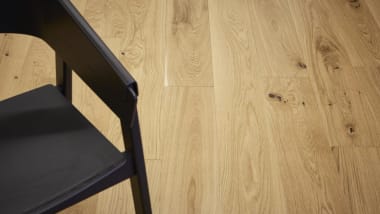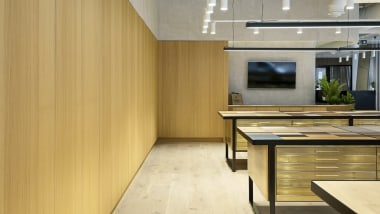Specification
-
Construction3-Layered Engineered
-
SpeciesEuropean Oak
-
Product TypeWood Flooring
-
Wear Layer2.5mm
-
ProcessBrushed & Stained
-
Pattern1-Strip
-
FinishNatural Oiled
-
ProfileClick System
-
Edge Profile4-Sided Bevelled
-
Thickness14mm
-
Width155mm
-
Length2200mm
-
GradeRustic
-
Colour GroupBrunette
Features
-
FSC® Certified Timber (FSC-C009500)
-
Suitable for cladding
-
Suitable for underfloor heating
-
HavSeal Gold
-
FloorScore® (SCS-FS-06231)
-
Glue down installation
-
Suitable for floating over underlay
-
Pine Backing
Useful Documents
Looking to compliment your floor?
A complete range of T and end sections, ramps and stair nosings is available to complement this product: stained, textured, oiled and white oiled, where appropriate, to match it as closely as possible
View ProfilesWant to keep your floor looking perfect?
A great wooden floor is the result of a good fitter using the correct products to install the most applicable boards, finished with just the right mouldings. At Havwoods we don't stop at supplying the wood, so you don’t have to leave the details to chance.
View AccessoriesInstallation Instructions
Depending on the product you choose and the sub-floor or site conditions, the installation instructions can vary. Take a look our Document Library to access the most relevant information and if you are unsure please contact our team
View instructions
